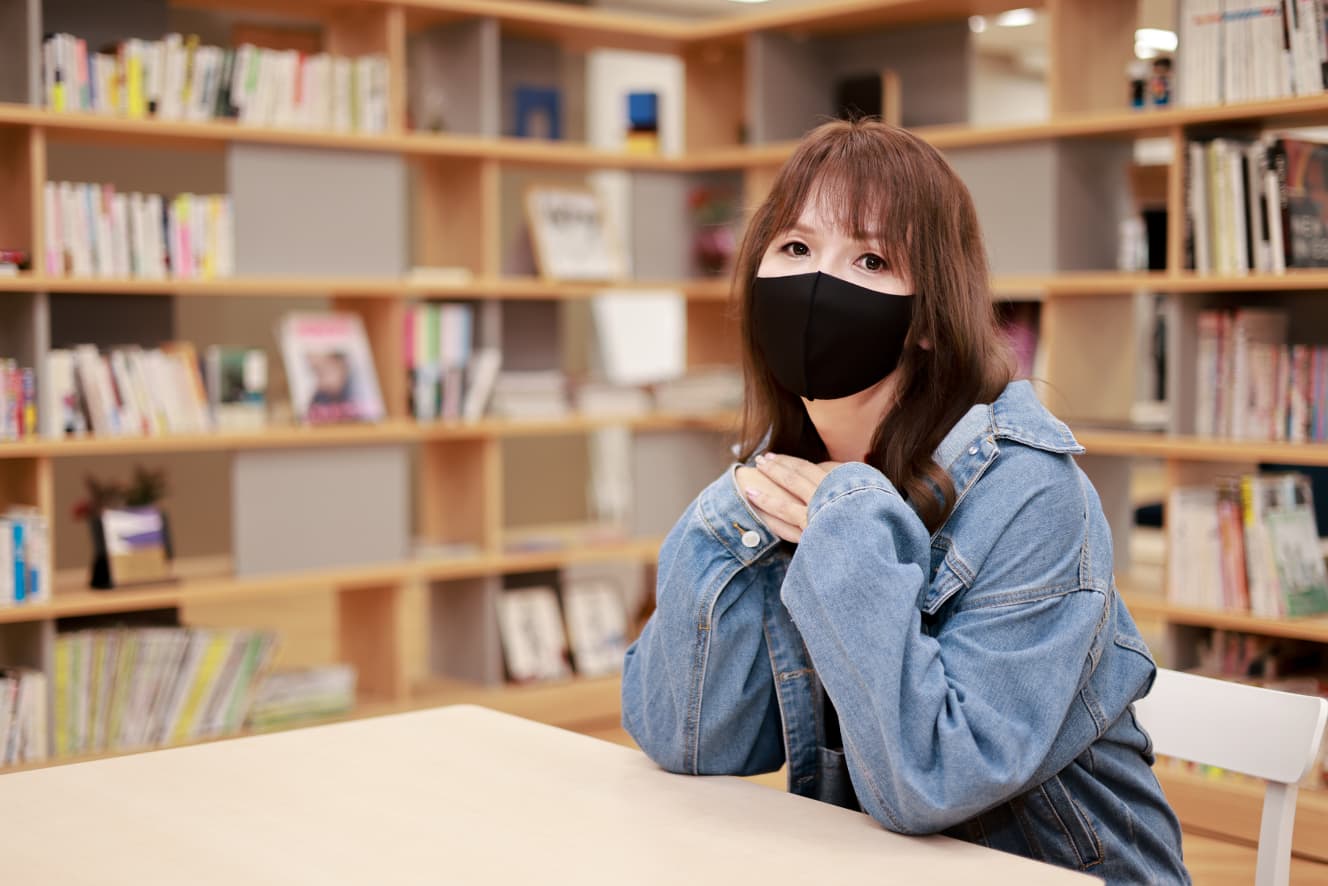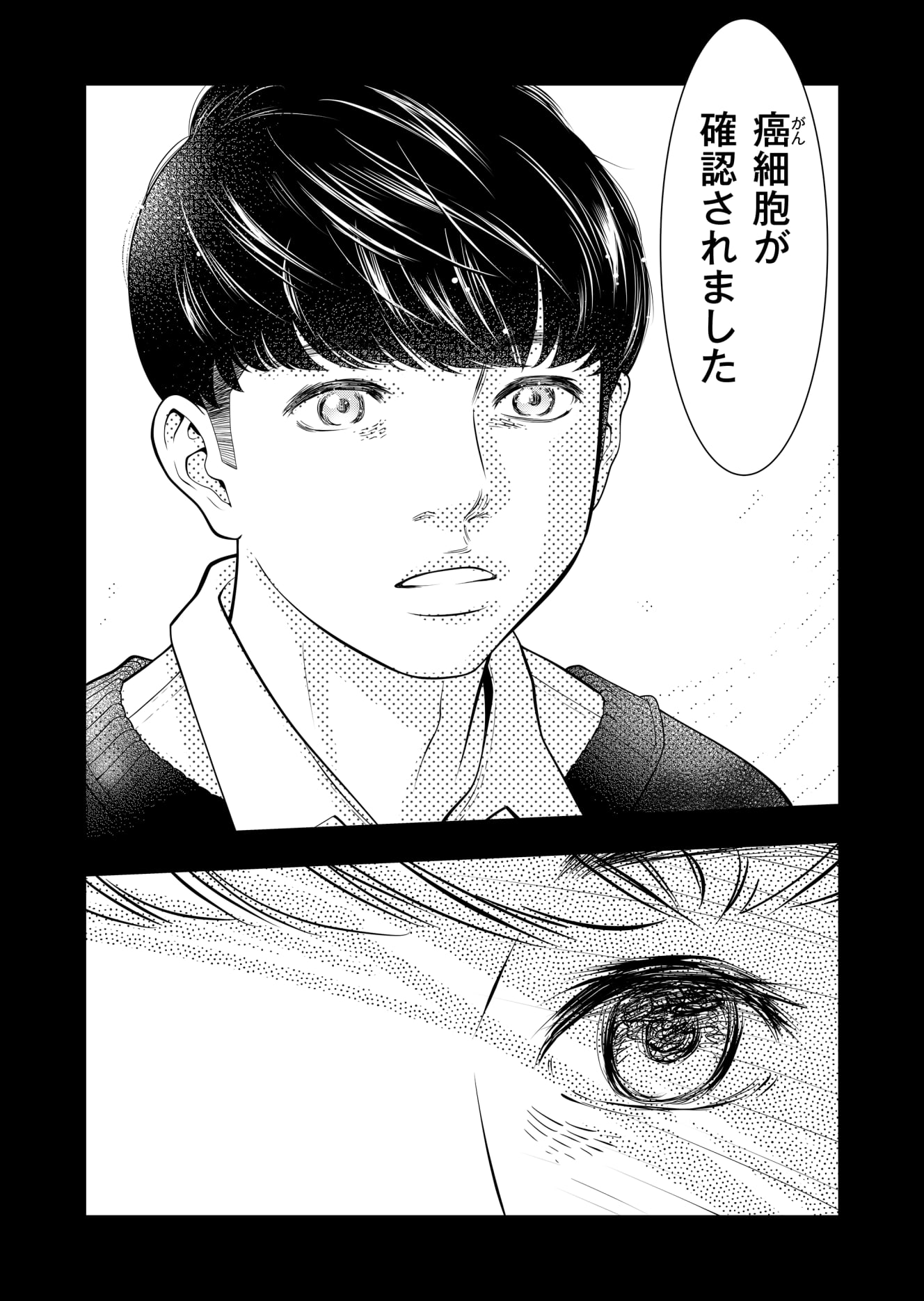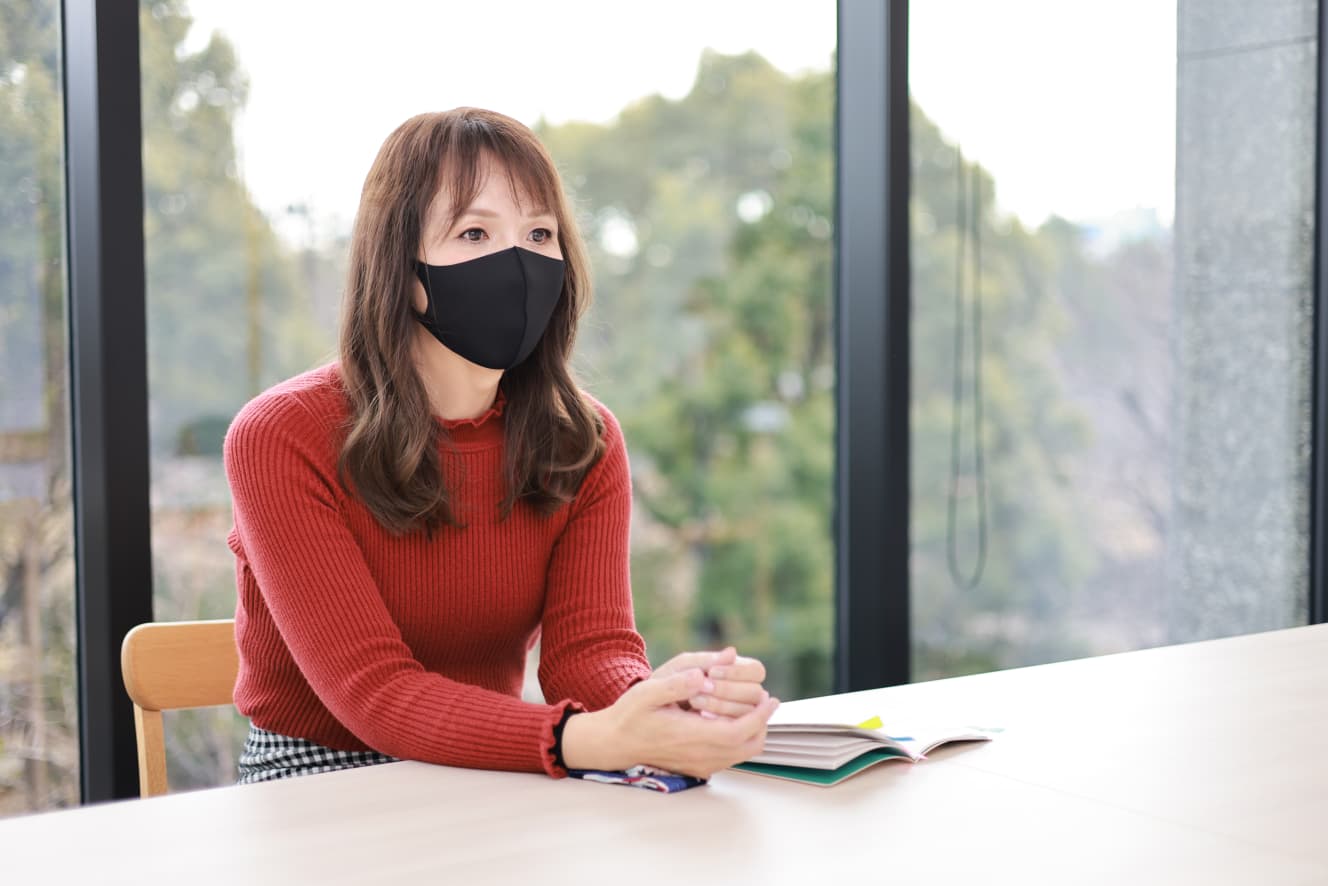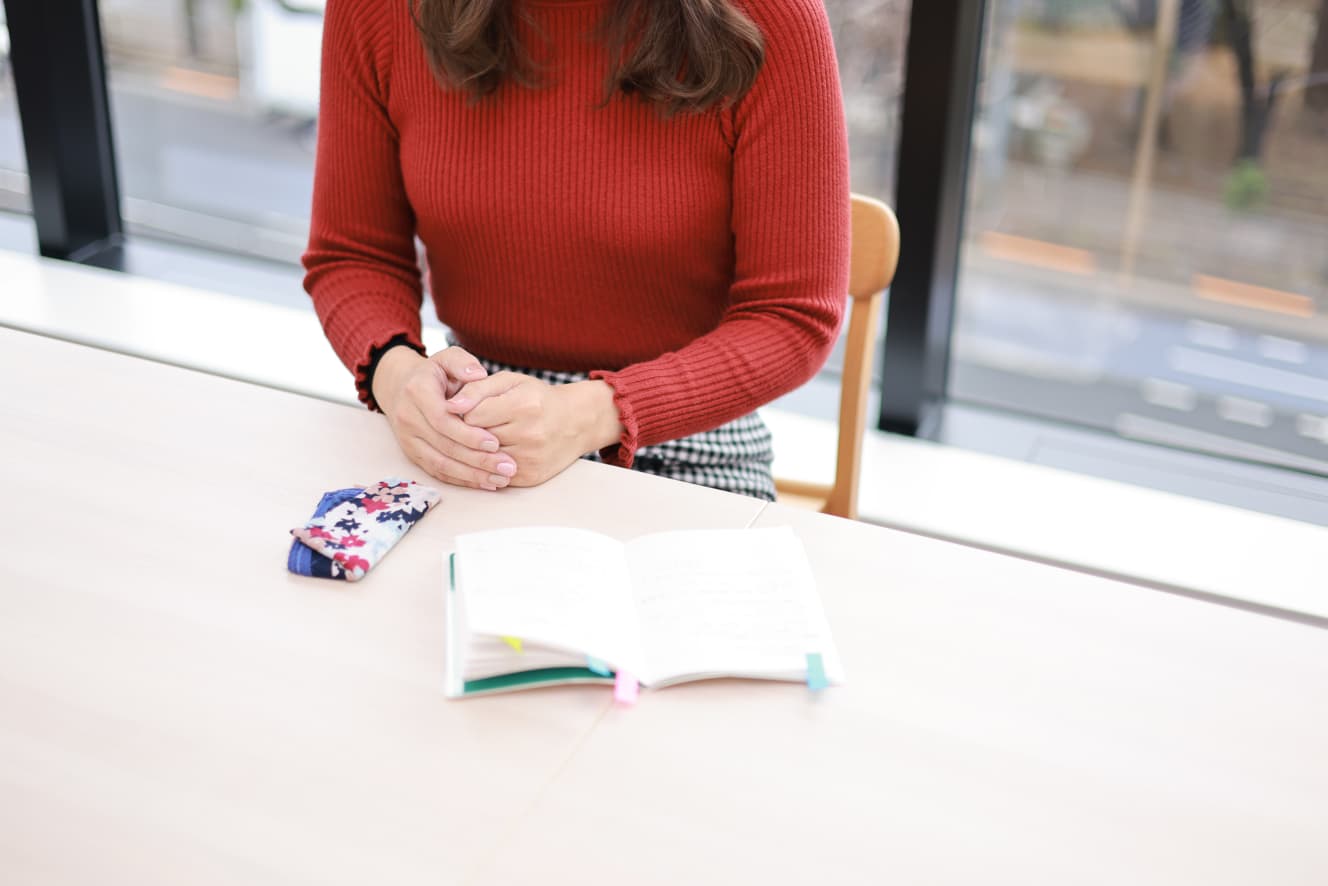Why Did a Cartoonist With Gender Identity Crisis Decide To Draw a Cartoon Using Himself as a Model?
The author’s own experience of “dressing up as a woman to live” in the wake of his illness has been turned into a comic book…
On January 6, the serialization of “I Quit Being a Man: I Got Cancer and Decided to Dress as a Woman and Fall in Love,” based on the author’s own true story, began on ebookjapan.
The main character is a manga artist, Hajime Nagisa (なぎさはじめ/♂). ♂), a manga artist. After being diagnosed with cancer, he decided to spend the rest of his time freely and started cross-dressing. The story is that the shy and reclusive protagonist learns about the outside world, and unexpected incidents come one after another.
We asked the author, Ms. Hafumi, about the story behind the creation of this work and its highlights.

Did you really want to die?
–The film begins with a scene in which the main character goes out dressed as a woman. It is a shocking start, as the reason for dressing up as a woman is because she was diagnosed with cancer.
Dr. Hafumi (Hafumi): It was the winter of 2017. Before that, I had been experiencing anemia and bloody stools that would not stop. After that, I was caught up in a medical checkup and when I went to the hospital for a checkup, they found a large polyp, probably cancer. They pronounced it on the spot and I immediately made an appointment for surgery.



-I couldn’t read from the expression on the main character’s face when she was diagnosed with cancer what kind of state of mind she was in, but what did Hafumi-sensei think at that time?
Hafumi: I was like that too. I couldn’t think of anything or ……. Actually, at that time, I was thinking that my life was no longer important, and if I could die now, that would be fine. Then cancer came up as a cause for my death, and I was very surprised.


–…… Excuse me, but are you saying that you had suicidal thoughts?
Hafumi: Actually (laughs). As I mention a little in the manga, I grew up in an environment that was like a big all-female family. I think I was influenced by my older sisters who I played with, but I preferred girls’ games to boys’ games, and I wanted to dress cute like them.
However, at the time, there was still a strong tendency for men to act like men and women like women, so I tried my best to stay as a man.
It was my sister who inspired me to become a manga artist. I learned that I could draw manga and that I could win prizes if I entered a competition. After that, I continued to send my works to various publishers, both for boys and girls, and when I was 17, my debut was decided, so I dropped out of high school and moved to Tokyo.

–I became a manga artist of my dreams and moved out of my parents’ house. It seems like things are going well.
Hafumi: Yes, it is. I, too, thought I could have my own room in Tokyo, do the work I love, and live freely without worrying about what others thought. But that was only for a short time.
I spent almost five nights a week as an assistant, and when I returned home, I would draw my own comic book stories for ……. I had very little free time, and I thought I had to become a full-fledged manga artist before anything else, so I put a lid on my dream of “dressing up as a woman.
Nothing was going right, so the cancer diagnosis wasn’t a shock.”
— “Being a full-fledged manga artist” seems like a high hurdle. ……?
Hafumi: Yes, it is. The world of manga is very serious, and you can immediately see the numbers in terms of popularity and circulation. Of course, there have been times when I had good thoughts, but there have also been times when serials have been cancelled, magazines have been discontinued, surveys have been good but book sales have been poor, or whatever. ……
Once I thought, “Am I a bad manga artist?” I lost my confidence, and I lost the desire to “start all over again! I was so desperate that I temporarily lost my confidence.

No matter how hard I tried, I just couldn’t get by at all. Every day I wished I could just disappear, and it was when I was wondering if there was any suicide that looked like an illness that I was diagnosed with cancer. When the doctor told me to have the surgery immediately, I honestly made an appointment, but I also had the thought, “If I don’t have the surgery in six months, will I be able to die?”(bitter laugh).
-so you were not too shocked when you received the cancer declaration.
Hafumi: On the contrary, I thought, “Enough! Let’s do what we want to do for the rest of our lives! I was at the peak of my career. If I had been at the peak of my career and everything was going well, I would have been shocked. But it wasn’t like that at all. Not that I am happy about it, but I feel like a weight has been lifted off my shoulders a little.
–Hafumi: Yes, that’s right.
Hafumi: Yes, it is. Until then, all I could think about was my manga, and I was confined to my room, but I started to go out and play. I also started dressing up as a woman and started appearing in public as a manga artist.
I met many people and was impressed by how wide the world is, and I started to enjoy every day. I am going to draw a lot of my own experiences from now on.
If I can be a manga that pushes someone’s back, that would be great.
–Hafumi: Yes, I did.
Hafumi: Yes, I was hoping to be recognized for my manga. But after I was diagnosed with cancer, I was invited by a manga artist friend of mine who draws coterie magazines, so I took the plunge and joined in. I thought that if I was going to die anyway, I would like to visit various places and thank readers before that.
–What kind of work did you draw?
Hafumi: This is the original work that became “I Quit Being a Man. It’s a documentary-like book that tells the story of one manga artist, myself, without focusing on my attempts to become a woman by dressing up as a man or the fact that I have cancer.
I was nervous at my first Comiket, but when I actually went, I was very happy to hear people say, “I’ve been reading your work for a long time.
When I went to the local area, a reader who was the same age as me said to me, “When I saw that you were taking on a new challenge (doujinshi), I decided to take on a dream I had given up on, and I came to tell you about it. I couldn’t stop crying when I thought, “My manga has given me a boost.

Hafumi: I had surgery five years ago and am currently Hafumi: I had an operation five years ago and am currently under observation. I faced death at one point, but thanks to it, I was able to release my true self. Until then, I had always kept to myself and thought it was right to live by myself, but I realized that it is never wrong to get help from the people around me, on the contrary, it is because I cooperate with them that I am able to live.
What kind of events will come to the main character Nagisato in the future, and what kind of path will he take? Please watch over him with warm eyes.
Hafumi was born on November 1. At the age of 17, he made his commercial debut in Shonen Sunday. Since then, he has written many books. When she became ill, she started thinking about how to live the rest of her life and became gender confused…. Lives in Tokyo and is a mother of three cats, including a shelter cat. Hobby is making lunch boxes.
I quit being a man - I got cancer, so I decided to dress up as a woman and fall in love" ((C) Hafumi/Oyo Publishing) (Volume 1) updated on the 1st and 3rd Friday of every month.
Interview and text by: Motoko Abekawa
Works as a freelance writer mainly on the web. She is also involved in the production of books and corporate PR magazines. She does not specialize in any particular field, but covers a wide range of topics that intrigue her, including history, comedy, health, beauty, travel, gourmet food, and nursing care.
Photography: Kenji Kawato